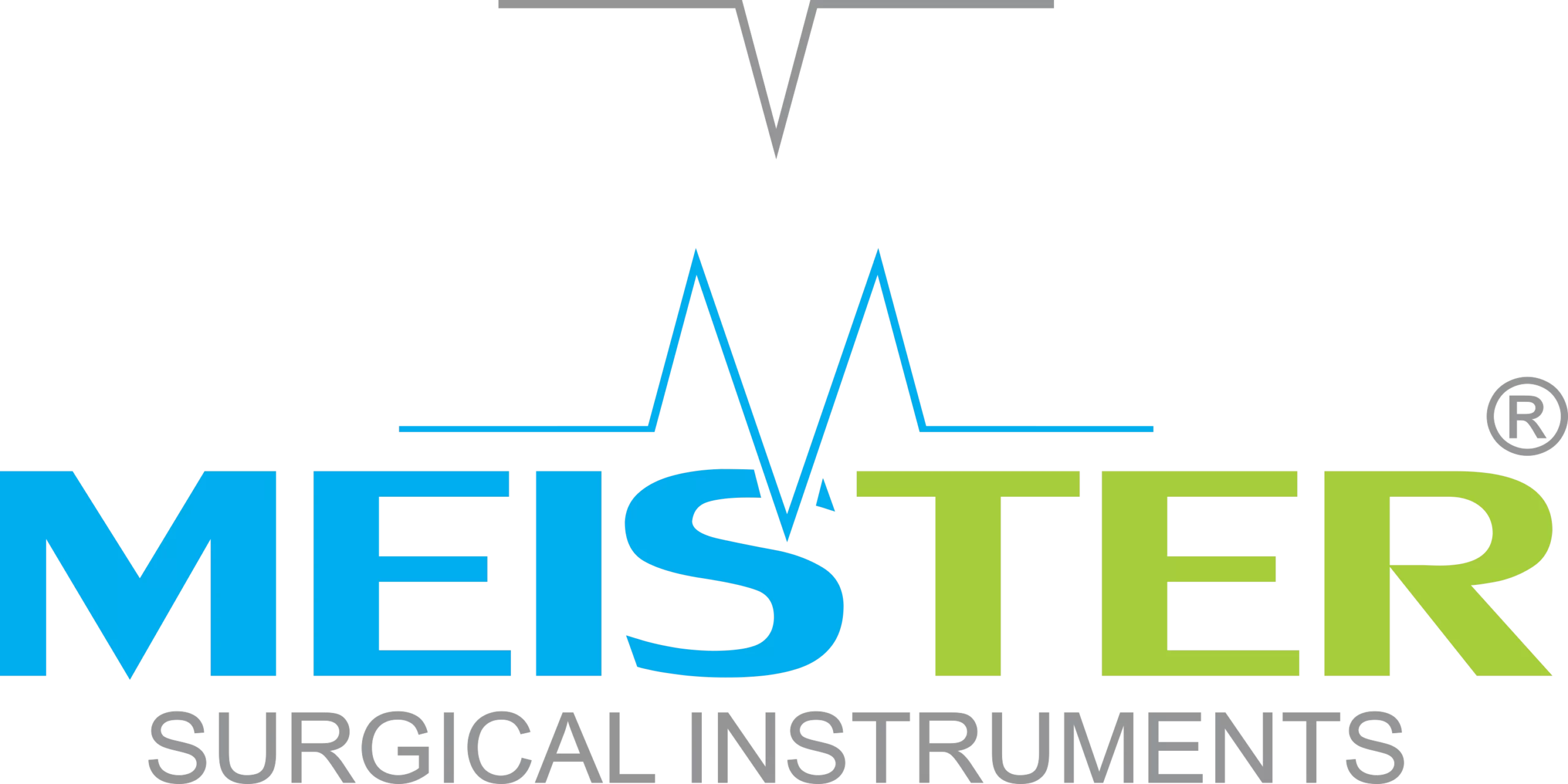In the realm of surgical instruments, the Richardson retractor stands out as one of the most trusted tools for deep tissue retraction. Known for its robust design and functionality, this instrument is indispensable in abdominal, gynecological, and thoracic surgeries. At Meister Surgical, we take pride in manufacturing and supplying precision-crafted surgical instruments that support safe and effective surgical practices worldwide.
This comprehensive guide will explore the history, structure, types, applications, and sterilization of the Richardson retractor. We’ll also shed light on how Meister Surgical ensures unmatched quality and reliability for healthcare professionals across the globe.
Table of Contents
- What is a Richardson Retractor?
- History and Origin
- Design and Material Composition
- Types of Richardson Retractors
- Key Surgical Applications
- Best Practices for Use
- Sterilization and Maintenance
- Choosing a Reliable Supplier
- Why Choose Meister Surgical?
- Final Thoughts
1. What is a Richardson Retractor?
A Richardson retractor is a handheld or occasionally self-retaining surgical instrument used to hold back deep soft tissues, organs, or muscle layers during operative procedures. It offers a clear view of the surgical site while keeping tissues in place, minimizing trauma, and enhancing precision during interventions.
2. History and Origin
The Richardson retractor is named after Dr. Maurice Howe Richardson, a prominent American surgeon in the early 20th century. He designed this instrument to improve the efficiency of abdominal surgeries by providing better exposure of deeper anatomical layers.
The design quickly gained popularity in general surgery and has since evolved with variations tailored for specific procedures.
3. Design and Material Composition
The classical Richardson retractor has a long, flat blade with a curved end and a comfortable, ergonomic handle for a secure grip. The blade is angled to reach deeper tissue layers without obstructing the surgeon’s view.
Materials Used:
- Surgical-grade stainless steel: Highly resistant to corrosion, staining, and pitting.
- Titanium (in premium versions): Lightweight, durable, and non-magnetic.
- Ergonomic polymer handles (optional): Designed for enhanced comfort during long procedures.
✅ Inbound Link: Discover Meister Surgical’s full range of surgical retractors crafted for performance and longevity.
4. Types of Richardson Retractors
Several variations of Richardson retractors are available to meet diverse surgical needs:
- Single-ended Richardson Retractor
- Double-ended Richardson-Eastman Retractor
- Small Blade Richardson Retractor
- Large Blade Richardson Retractor
- Left and Right Curved Blade Variants
Each type is selected based on surgical access, patient size, and the anatomical site involved.
5. Key Surgical Applications
a. General Surgery:
Used extensively during laparotomy and exploratory abdominal procedures for holding back tissues and organs.
b. Gynecological Surgery:
Offers excellent exposure during hysterectomy, ovarian cystectomy, and pelvic repairs.
c. Thoracic Surgery:
Helps retract soft tissue during open chest surgeries, providing clear access to organs such as the lungs and heart.
d. Oncological Procedures:
Provides optimal visualization in tumor excisions and lymph node dissections.
6. Best Practices for Use
To ensure optimal performance and patient safety:
- Always inspect the retractor for damage before use.
- Choose the correct size and shape for the intended procedure.
- Maintain sterile handling protocols throughout.
- Coordinate with the surgical team for proper placement and retraction angles.
7. Sterilization and Maintenance
Proper care is essential to extend the life of the Richardson retractor:
- Cleaning: Remove all organic matter immediately after use.
- Disinfection: Use enzymatic cleaners and ultrasonic baths.
- Sterilization: Steam autoclaving is the most common and effective method.
- Storage: Store in a dry, organized environment to avoid scratching or dulling.
Regular maintenance ensures that your retractor performs effectively over the long term.
8. Choosing a Reliable Supplier
The quality of surgical instruments can greatly influence patient outcomes. It is crucial to choose a manufacturer that:
- Complies with international medical standards (CE, ISO 13485)
- Offers traceable production processes
- Uses top-tier raw materials
- Provides post-purchase support and customization
9. Why Choose Meister Surgical?
At Meister Surgical, we are dedicated to precision, quality, and customer satisfaction. Here’s what sets us apart:
✅ Premium Materials: Only high-grade stainless steel and titanium
✅ Advanced Manufacturing: CNC and forging technologies
✅ Customization Options: Blade shapes, handle types, and coatings
✅ Sterility Assurance: Instruments validated for hospital-grade sterilization
✅ Global Reach: Trusted by hospitals and surgeons in over 40 countries
🔗 Outbound Link: See what healthcare professionals are saying—Read verified reviews on Google Maps.
📩 For bulk inquiries or product specifications, contact us at info@meistersurgical.com
10. Final Thoughts
The Richardson retractor remains one of the most critical tools in surgical settings that require deep retraction and tissue stabilization. Its long-standing reputation for effectiveness, coupled with modern enhancements, ensures its place in every surgical kit.
By choosing Meister Surgical as your trusted partner, you gain access to expertly crafted instruments that align with your commitment to clinical excellence and patient safety.
Whether you’re upgrading your instrument sets or sourcing for a new facility, our team is ready to assist you with tailored solutions.
✅ Visit MeisterSurgical.com to explore our full catalog of surgical retractors, including custom sizes and bulk packages.
FAQs About Richardson Retractor
Q1. What is the difference between Richardson and Deaver retractors?
A: While both are used in abdominal surgeries, Deaver retractors are typically longer and used for deeper organs, whereas Richardson retractors are better suited for more localized soft tissue retraction.
Q2. Can Richardson retractors be used in laparoscopic surgeries?
A: No, Richardson retractors are designed for open surgical procedures and are not compatible with minimally invasive (laparoscopic) techniques.
Q3. Are there pediatric versions of Richardson retractors?
A: Yes, smaller blade versions are available specifically for pediatric and small adult patients.
Q4. How long does a stainless steel Richardson retractor last?
A: With proper maintenance and sterilization, a high-quality Richardson retractor can last many years, even decades.

